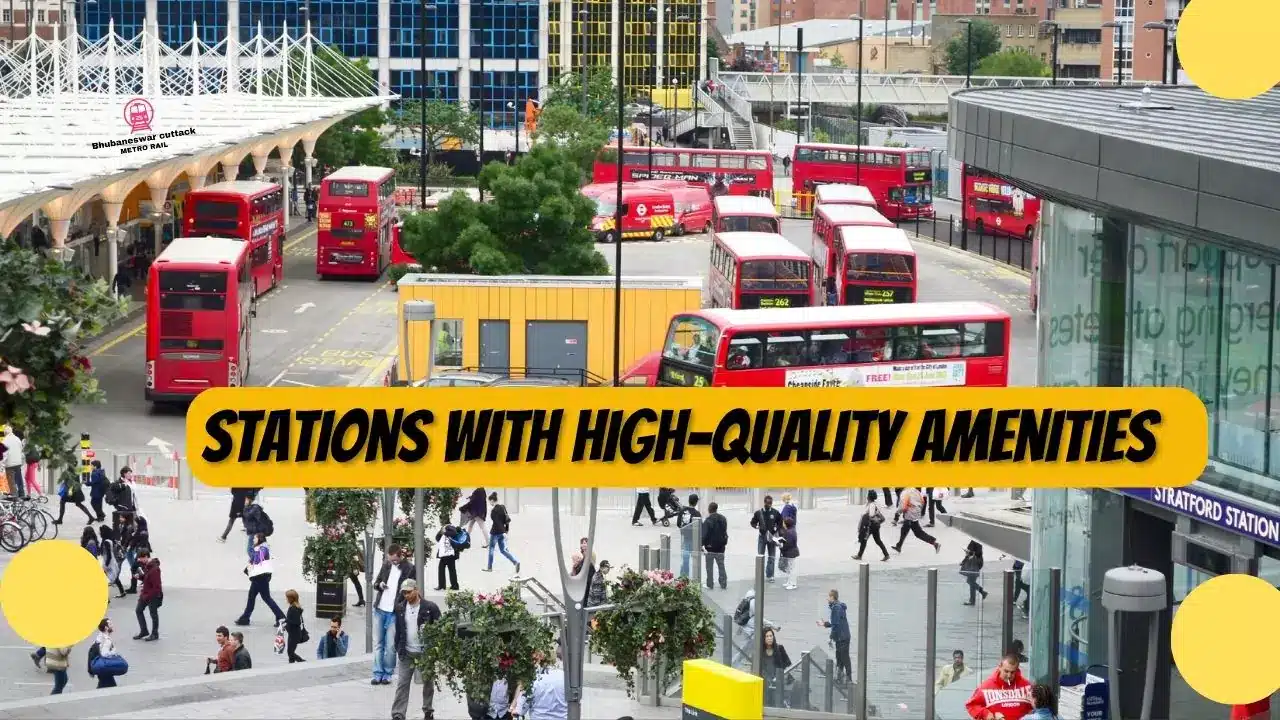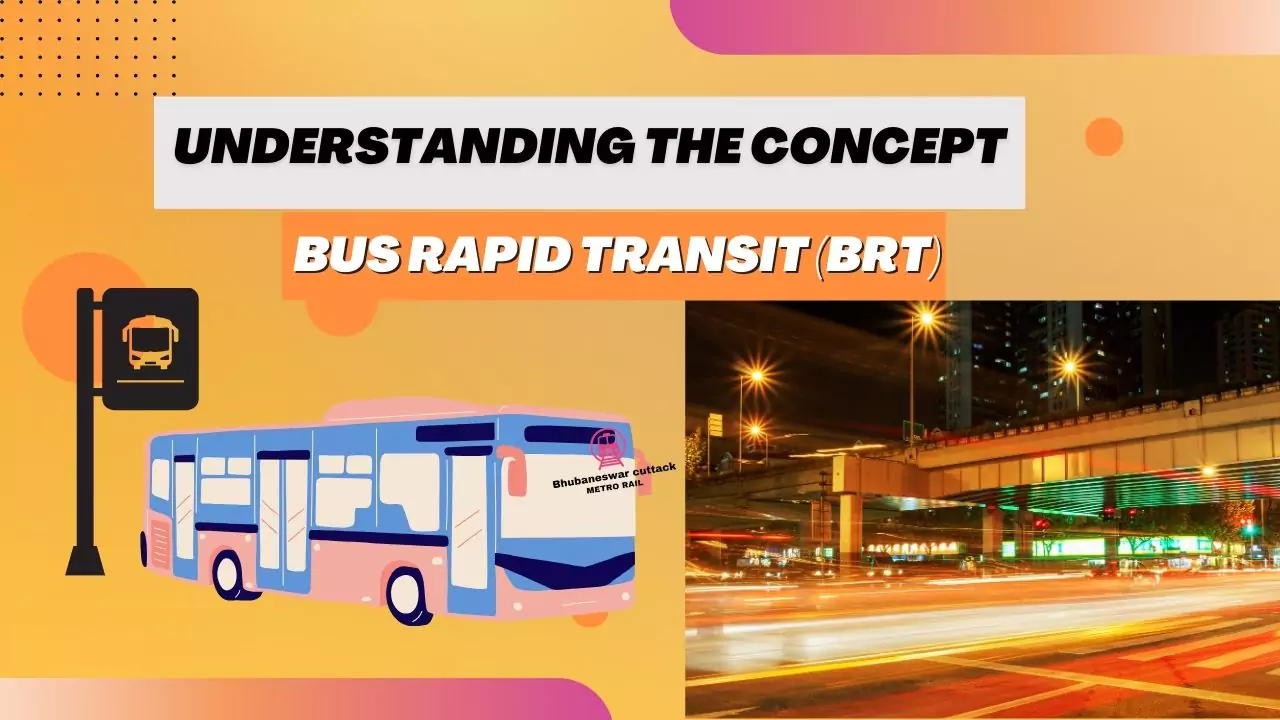What is Bus Rapid Transit (BRT)?
Defining BRT
The essence of Bus Rapid Transit lies in its efficient, high-capacity public transportation system. Imagine a blend of the convenience of buses and the speed and reliability of trains—BRT encompasses that fusion.
Components of BRT Systems
Dedicated Lanes
One of the fundamental pillars of BRT is dedicated lanes—specially marked routes exclusively reserved for buses. This segregation from regular traffic enables quicker travel, ensuring minimal delays.
Stations with High-Quality Amenities
BRT stations are more than just stops; they’re hubs of convenience. They offer comfortable waiting areas, ticketing facilities, real-time information displays, and even elevated platforms for level boarding.

Rapid Boarding and Fare Collection
Efficiency is key in BRT systems. Rapid boarding through multiple doors and pre-paid fares not only expedites travel but also minimizes dwell times at stations.
Evolution and Adaptation
A Brief Historical Perspective
From its roots in Curitiba, Brazil, in the 1970s to its global expansion, BRT has continually evolved. Its adaptability to diverse urban landscapes and varying demands has made it a sought-after solution for many cities worldwide.
Environmental Benefits of BRT
The environmental impact of BRT systems is noteworthy. By promoting public transportation usage and reducing individual car travel, they contribute significantly to curbing air pollution and decreasing carbon emissions.
Challenges and Success Stories
Overcoming Obstacles
Despite its advantages, implementing BRT systems isn’t devoid of challenges. Funding, public acceptance, and integrating it seamlessly into existing infrastructures pose significant hurdles.
Success Stories Around the Globe
Countless cities have embraced BRT and witnessed remarkable success. Places like Bogotá, Colombia, and Istanbul, Turkey, stand as shining examples of how BRT systems can transform urban mobility.
Frequently Asked Questions (FAQs)
- How is Bus Rapid Transit different from regular bus systems? Bus Rapid Transit incorporates dedicated lanes, high-quality stations, and rapid boarding to ensure faster and more reliable service compared to regular bus systems.
- Are BRT systems cost-effective for cities to implement? Yes, BRT systems are often more cost-effective than building new rail systems while providing comparable speed and capacity.
- Do BRT systems reduce traffic congestion? By offering a viable alternative to private vehicles, BRT systems can help reduce traffic congestion in cities, especially when well-designed and integrated.
- Are BRT systems environmentally friendly? Absolutely! BRT systems encourage the use of public transport, reducing the number of individual vehicles on the road and subsequently lowering carbon emissions.
- How can cities ensure the success of their BRT systems? Successful BRT implementation requires comprehensive planning, community engagement, seamless integration with existing infrastructure, and continual assessment and improvement.
Conclusion
Embracing the Future of Urban Mobility
Bus Rapid Transit isn’t just a mode of transportation—it’s a catalyst for change. Its ability to provide efficient, sustainable, and accessible mobility solutions makes it an indispensable tool for shaping the cities of tomorrow.

